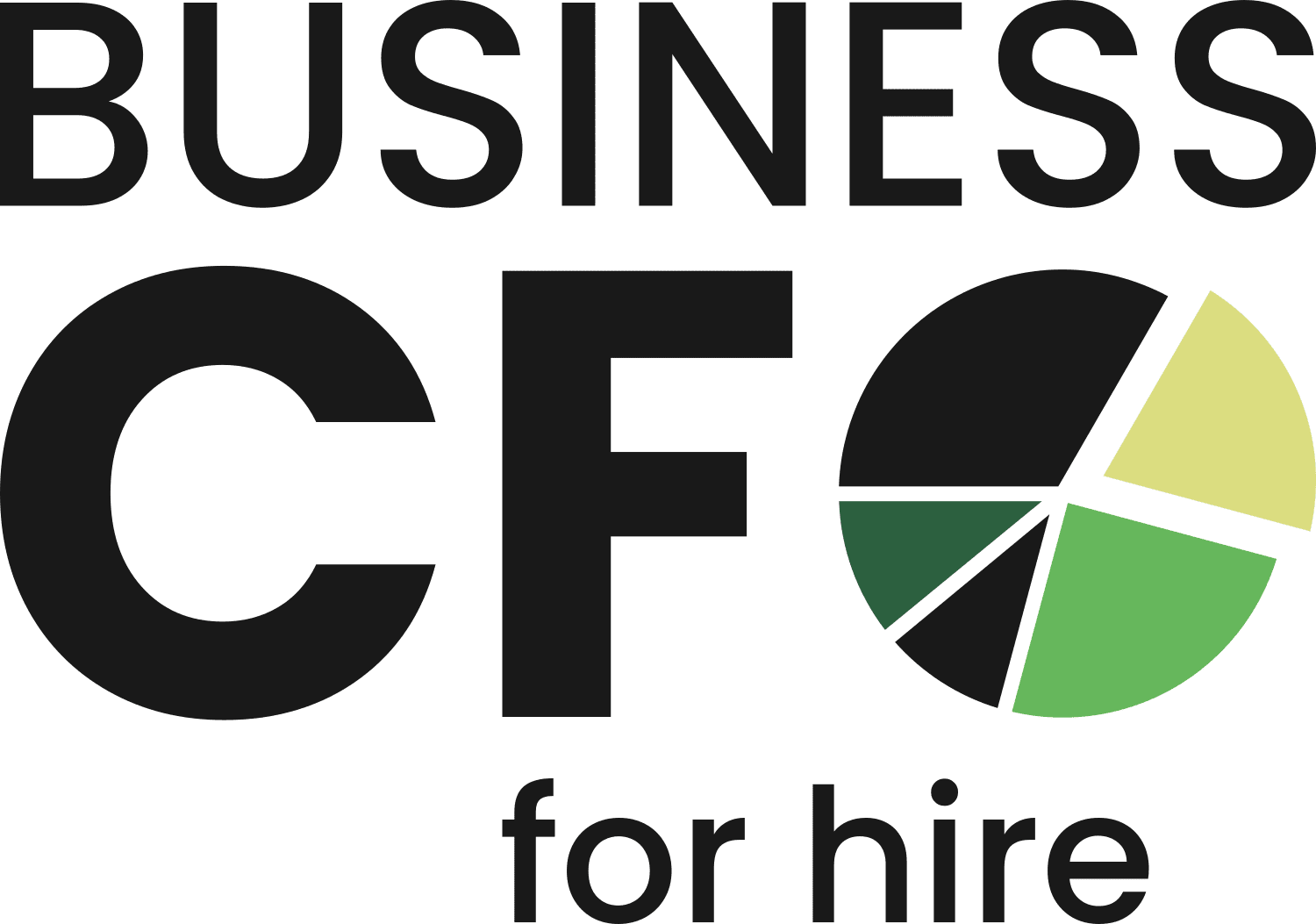For many small business owners, cash flow can feel unpredictable. Some months are steady, others are tight—and without a clear picture of what’s coming, it’s hard to make confident decisions. But cash flow forecasting changes that. It gives you visibility, control, and the ability to plan ahead. Here are five ways to strengthen your forecasting process—and how a seasoned financial partner can help you implement them with confidence.
1. Use a Rolling Forecast to Stay Ahead
Instead of relying on a static, once-a-year budget, a rolling forecast is updated regularly—often weekly or monthly—to reflect your actual performance and any shifts in the business. A 13-week rolling forecast, in particular, gives you enough visibility to anticipate short-term cash needs while also keeping your strategy aligned with real-time trends. This approach helps you make timely decisions about spending, hiring, and investment without being caught off guard.
2. Automate and Integrate Your Data
Manual spreadsheets are prone to error and take up valuable time. By connecting your forecast directly to your bank feeds or accounting software, you can streamline your process and ensure that the data you’re using is accurate and up to date. Automation not only saves hours each month—it also gives you more confidence in your numbers, which means fewer surprises and better planning.
3. Collaborate Across Departments
Effective forecasting involves input from every area of your business. Sales teams can provide insight into when payments are expected, operations can share timelines for upcoming expenses, and HR can weigh in on payroll changes. When you bring these perspectives together, you create a more complete and accurate picture of your financial future. This collaboration helps ensure your forecast reflects the realities of your business—not just the assumptions of one department.
4. Plan for Multiple Scenarios
No one can predict the future exactly, which is why it’s important to plan for more than one version of it. Building out best-case, worst-case, and expected-case forecasts helps you prepare for the unexpected—whether it’s a sudden drop in revenue, a delayed payment from a major client, or a spike in supply costs. With these scenarios in place, you’re better equipped to adjust quickly and make smart decisions under pressure.
5. Track Actuals vs. Forecast and Adjust
Forecasting isn’t a one-and-done activity—it’s a process that improves over time. By regularly comparing your forecast to actual results, you can spot where your assumptions were off and adjust future projections accordingly. This habit not only increases the accuracy of your forecasts, but it also helps you identify trends and patterns that might otherwise go unnoticed.
How a Fractional CFO Helps Build These Systems
While these 5 cash flow forecasting tips are essential, building them into your regular operations takes time, expertise, and the right systems. That’s where a Fractional CFO can help. They bring high-level financial strategy to your business without the cost of a full-time executive. A trusted advisor like this can build and manage your rolling forecast, consult on your cash reserve strategy, set up automation, guide collaboration across your team, and implement scenario planning and variance analysis. More than just crunching numbers, they help you make confident, data-driven decisions that support long-term growth.
Ready to take control of your cash flow?
Click here to schedule a time talk about how to bring structure, clarity, and strategy to your finances—without adding full-time overhead. In the Atlanta area? I am open to doing zoom or in-person consultations.

